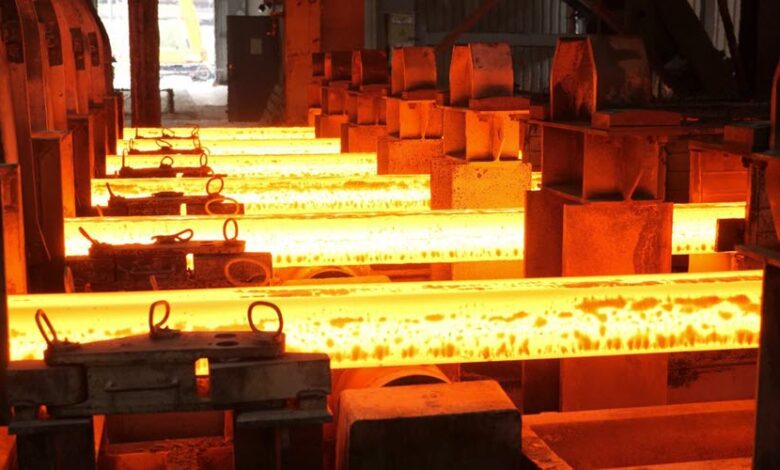Green Steel: Alternative to Traditional Steel Production

Green steel, also known as sustainable steel or eco-friendly steel, is a type of steel that is produced using environmentally friendly manufacturing processes and materials. It aims to reduce the carbon footprint and environmental impact associated with traditional steel production.
Manufacturing of Green Steel
The manufacturing of green steel involves several key steps that differentiate it from conventional steel production:
- Use of Renewable Energy: Green steel production relies heavily on renewable energy sources such as wind, solar, or hydroelectric power. By using clean energy, the carbon emissions associated with the manufacturing process are significantly reduced.
- Recycling and Circular Economy: Green steel manufacturers prioritize the use of recycled scrap metal as a raw material. This reduces the need for mining and extraction of iron ore, conserves natural resources, and minimizes waste generation.
- Carbon Capture and Storage: Advanced technologies, such as carbon capture and storage (CCS), are employed to capture and store carbon dioxide emissions generated during the steelmaking process. This helps prevent the release of greenhouse gases into the atmosphere.
- Efficient Production Techniques: Green steel producers employ energy-efficient processes and equipment to optimize resource utilization and minimize energy consumption.
Benefits of Green Steel
Green steel offers several significant benefits:
- Reduced Carbon Emissions: One of the main advantages of green steel is its significantly lower carbon footprint compared to traditional steel production. By using renewable energy and implementing carbon capture technologies, greenhouse gas emissions are greatly reduced.
- Conservation of Natural Resources: Green steel production relies heavily on recycling scrap metal, reducing the need for mining and extraction of iron ore. This helps conserve natural resources and reduces the environmental impact associated with mining activities.
- Improved Air Quality: By minimizing the release of pollutants and particulate matter during the manufacturing process, green steel production contributes to improved air quality and reduced health risks for workers and nearby communities.
- Promotion of Circular Economy: Green steel supports the concept of a circular economy by emphasizing the use of recycled materials and minimizing waste generation. This helps create a more sustainable and efficient steel industry.
Usage and Limitations of Green Steel
Green steel can be used in various applications, just like traditional steel. It possesses the same strength, durability, and versatility. Some common uses of green steel include:
- Construction and infrastructure projects
- Automotive industry
- Manufacturing of appliances and machinery
- Shipbuilding
- Renewable energy infrastructure
Despite its numerous benefits, green steel does have some limitations:
- Higher Costs: The production of green steel often involves higher costs compared to conventional steel production. The use of renewable energy sources and advanced technologies can be more expensive initially, although economies of scale and technological advancements are gradually reducing this cost difference.
- Technical Challenges: The implementation of carbon capture and storage technologies and the use of recycled scrap metal can present technical challenges for green steel manufacturers. These challenges include the development of efficient processes and the availability of suitable infrastructure.
- Market Demand: The demand for green steel is still relatively low compared to traditional steel. As a result, the market for green steel products may be limited, making it less accessible for certain industries or regions.
Conclusion
Green steel offers a sustainable and environmentally friendly alternative to traditional steel production. By utilizing renewable energy, recycling scrap metal, and implementing carbon capture technologies, green steel significantly reduces carbon emissions and conserves natural resources. While it may come with higher costs and technical challenges, the long-term benefits of green steel make it a promising solution for a more sustainable steel industry.
